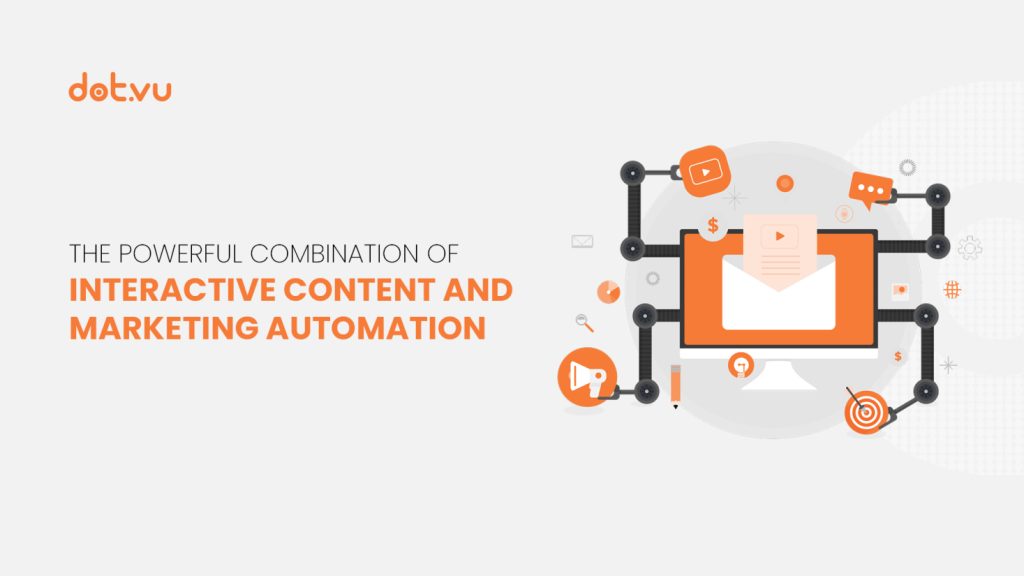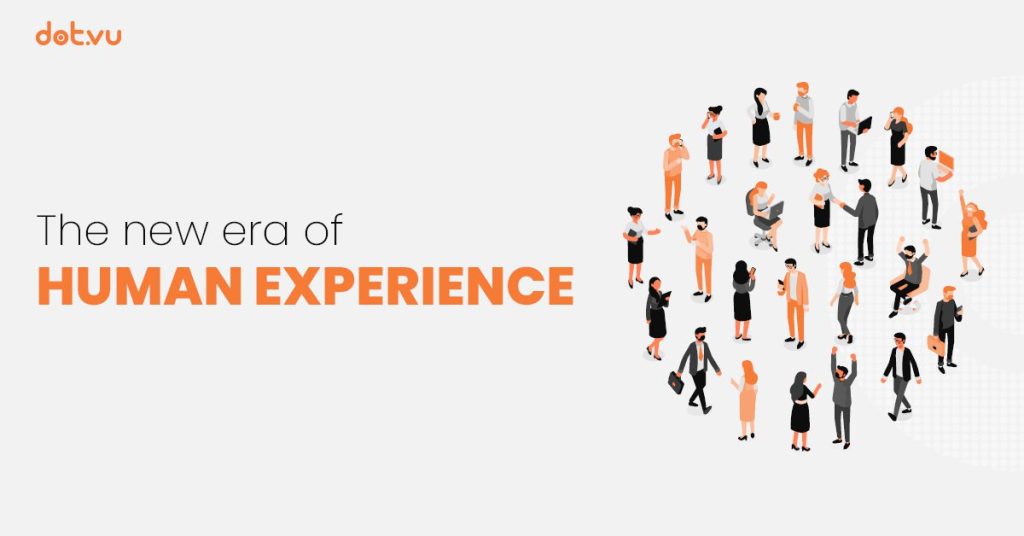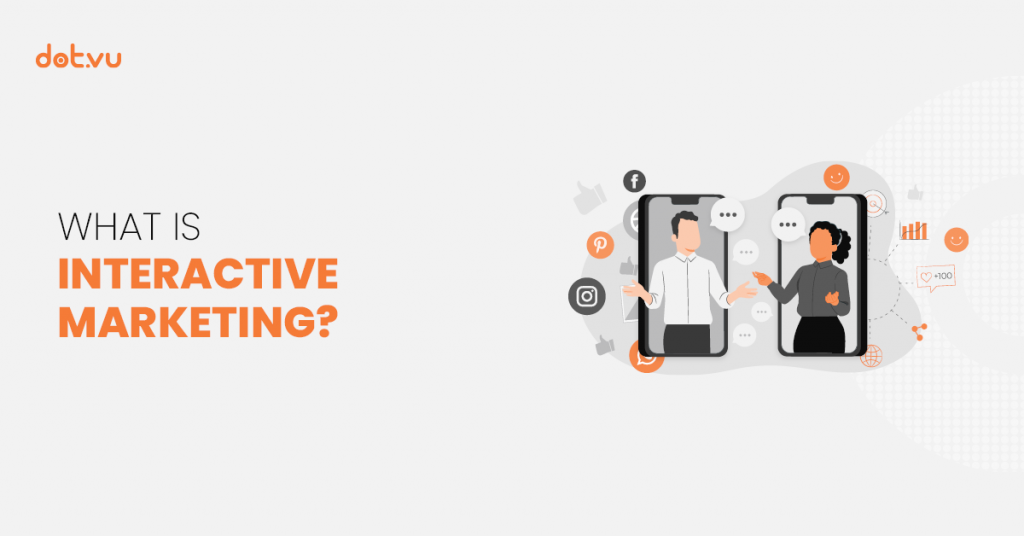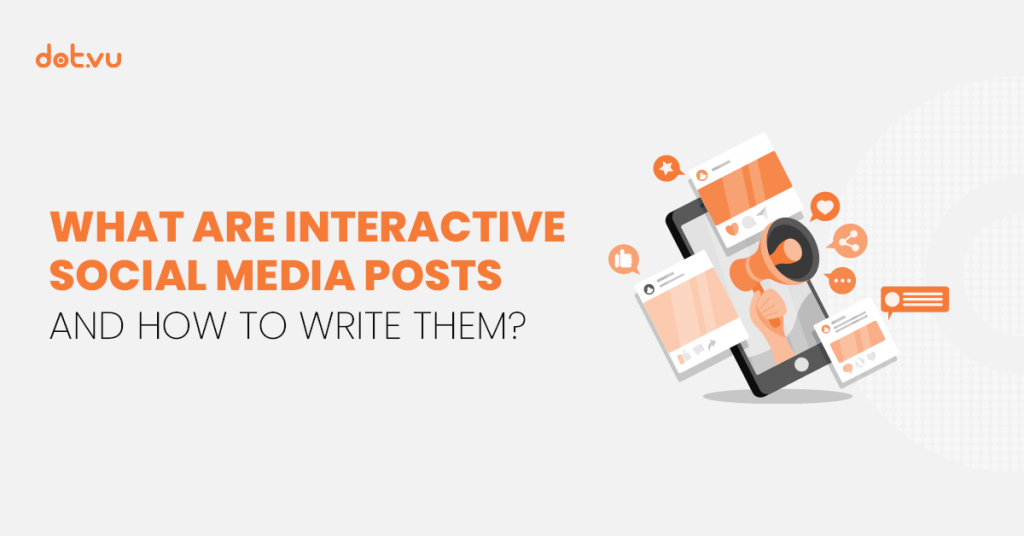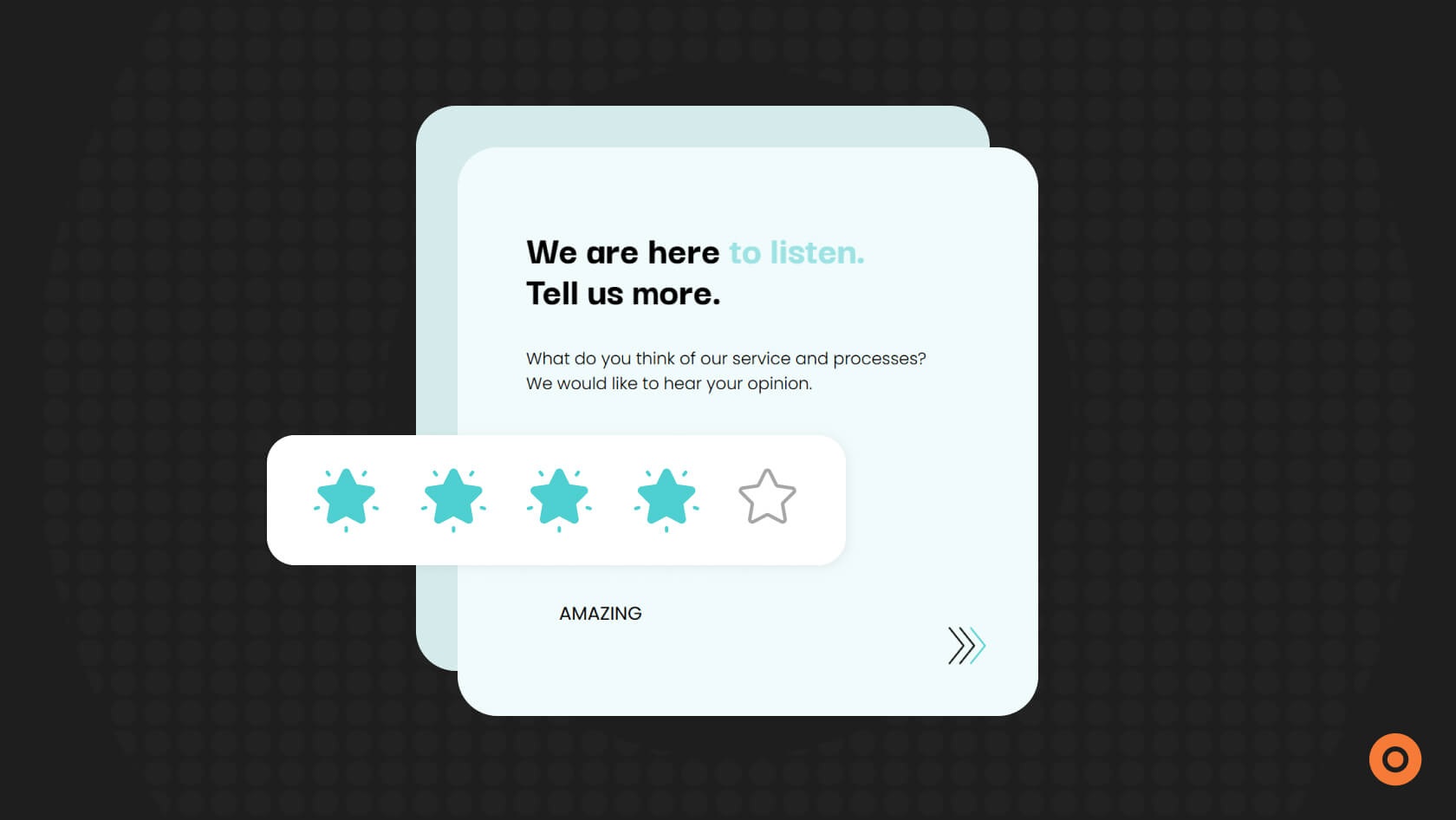
Are you looking to improve your customer loyalty and retention? Well, this post is just for you.
It’s getting costly to acquire new customers when you don’t have the budget for it. What’s more frustrating is seeing your customers jump to your competitors.
In this blog post, learn how to steal back the hearts of your customers and win their favour through these customer loyalty and retention strategies.
Ready to get into it? Keep reading!
Customer Loyalty vs. Customer Retention: What is the Difference?
You’ve heard about customer loyalty and retention, they’re constantly used interchangeably, and they both help you keep customers. So, aren’t they the same thing? Well, the answer is no. While both share the end goal of maintaining customers, they actually represent different aspects of the relationship.
What is Customer Loyalty?
Customer loyalty is when buyers become repeat customers. When customers develop an emotional connection and relationship with your brand, they are driven to keep doing business with you and are less likely to switch to your competitors.
So, what defines a loyal customer?
- Repeated purchase.
- Strongly prefers your brand.
- Advocates for your brand by recommending you to their family and friends.
- Actively engages with your brand on different channels.
- Offers feedback for improvement.
- Continues supporting your brand even after occasional mistakes.
See how dynamic content can personalize the customer experience and keep people coming back.
What is Customer Retention?
Customer retention on the other hand is your company’s ability to keep customers coming back to do business with you. It’s the efforts you make to turn buyers into long-term customers.
Customer retention focuses on key aspects such as:
- Increasing customer satisfaction.
- Building loyalty.
- Delivering quality products or services.
- Maintaining and growing customer relationships.
- Offering proactive support.
- Measuring retention rates.
What is the Difference?
To put it this way, customer loyalty is the ‘why’ and customer retention is the ‘how’. Loyalty is why they keep coming back, it’s the emotional connection they feel towards your brand. In contrast, retention is how you keep them which involves strategies and activities that encourages them to repeat business.
The distinction between customer loyalty vs. retention is:
- Customer Loyalty – Focuses on why customers buy or don’t buy from you, aiming to turn satisfied buyers into repeat customers and brand advocates.
- Customer Retention – Focuses on keeping customers coming back, aiming to reduce revenue loss and maintain steady sales.
Together, they both work to help you strengthen your brand, increase sales in the long run, and ultimately contribute to the growth of your business.
Why is customer loyalty and retention important?
Now that we know the difference, let’s understand why customer loyalty and retention play an important role in growing your business.
1. Drives company revenue. Brand followers help increase sales as they are willing to continue doing business with you.
2. Lowers marketing costs. Acquiring new customers is costly and timely but with the right loyalty and retention strategy, you won’t need to spend as much.
3. Enhances brand image. Brand advocates help you build trust and credibility by recommending and sharing your brand with others.
4. Makes it easier to upsell and cross-sell. Loyal customers are willing to try out new products and services from your brand.
5. Increases efficiency. With the right strategy in place and continuous efforts, it’s easier to retain customers as they’ve grown familiar with your brand.
How to Boost Customer Loyalty and Retention
Want to successfully boost customer loyalty and retention? These customer loyalty and retention strategies work like magic. Let’s hop into it!
Identify New Consumer Trends and Opportunities
To build customer loyalty and retention, businesses need to identify trends and opportunities. Identifying and adopting consumer trends will keep your brand relevant and help you meet evolving customer needs which fosters loyalty and retains customers.
A number of ways which you can do so is:
- Conduct market research and competitor analysis.
- Monitor social media and leverage social listening tools.
- Survey customers and analyze feedback.
- Utilize trend discovery tools and follow industry reports.
After identifying emerging trends, you can analyze, understand, and experiment with new products, services, and marketing strategies.
A great example of this is Canva who adopted and pushed out AI-powered features and tools because of its growing usage which rose by 72%. Their ability to identify and adopt relevant trends has led them to be one of the fastest growing SAAS companies in the world, with 220 million users.
RELATED: Top 10 Consumer Trends for 2025 You Need to Watch
Create Long-Term Customers with Loyalty Programs
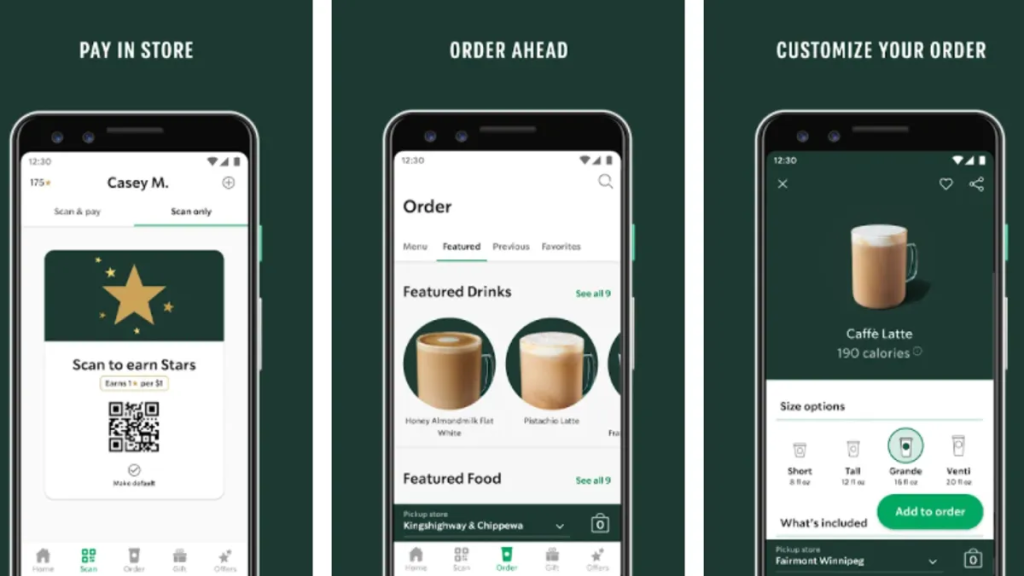
Loyalty programs exist for a reason, to boost customer loyalty and retention rates. They work because they make customers feel valued with rewards like discounts, free shipping, gifts, and early access to sales or events. Running an online customer loyalty program not only fosters loyalty but can help drive sales and lower customer acquisition costs. In fact, Starbucks Rewards, a popular points-based loyalty program, has almost 30 million members, offering customers free refills, birthday treats, and point-based benefits.
Create a loyalty program that rewards customers for spending. You can offer special discounts, cashback, free shipping, free gifts, and birthday perks. Your program can be tiered, points-driven, gamified, perks-based or community-based. Decide which structure is suitable based on how it supports your marketing strategy.
Watsons Singapore Stamp Collector

Take a look at Watsons Singapore’s interesting approach of boosting their customer loyalty and retention. Instead of relying on traditional loyalty stamps to foster loyalty, they took an innovative approach of introducing a digital stamp collector game. This game sparked strong customer interest, drove repeat visits, and made sales easier. It’s a wonderful example of how loyalty programs can improve customer retention and loyalty.
Deliver Impeccable Customer Service
What makes most people stay with a brand? If you ask most customers this question, they will mostly answer good customer service. Why? Because customer service reflects your brand and it is how you treat your patrons. Undoubtedly, a poor experience leaves a bad impression and turns customers away, causing you to lose sales and customers.
This is why investing in great customer service is key to enhancing customer loyalty and retention. Brands like Mandarin Oriental, Westin, and Lancôme are leading in customer service because they are customer focused, innovative, and consistent.
Here are few approaches to help you deliver exceptional customer service:
- Always approach customers with a positive attitude.
- Actively listen to their inquiries and understand their needs and concerns.
- Quickly resolve or address any customer concerns.
- Have superior knowledge of products and services by providing accurate information and helpful recommendations.
- Empower customers and provide support to help them resolve issues on their own with FAQs or tutorials.
- Be empathetic, communicate clearly, and be proactive in solving problems.
Ask Customers for Feedback
Collecting customer feedback is essential for businesses. It helps gather information and insights into what customers think of your product or services and reasons behind customer churn. There are many ways to collect customer feedback such as Polls, Surveys, focus groups, and by asking the right questions. Customer feedback can improve customer loyalty and retention, so make sure to ask customers questions.
RELATED: The Best Ways to Collect Insightful Customer Feedback
Build Brand Credibility with Case Studies
To most people, seeing is believing. When customers see real results and benefits from your products, they become interested and invested. Having social proof like customer reviews and case studies on your website showcases transparency and establishes credibility, thus building customer loyalty and retention. Case studies are a great way to foster trust. They show others how you’ve helped customers overcome challenges with your product or service. When people see that kind of transparency and success, customers are less likely to go elsewhere.
Foster Emotional Bonds Through Personalization
Impersonal messages and experiences fail to connect with customers, which is no surprise as to why they’re not returning. In fact, 62% of consumers lose loyalty to brands that don’t personalize their experiences that is why personalization should be a core customer loyalty and retention strategy. Some ways you can offer personalization are by offering customization for your products, providing tailored recommendations, and addressing customers personally.
Interactive Content also makes this easy by delivering personalized experiences. For example, a Product Recommender creates personalized shopping experience by matching customers to the right products, thus increasing customer satisfaction. It also collects zero and first-party data which can improve your personalization efforts.
RELATED: Website Personalization: Experiences That Will Convert Your Audience
How to Measure Customer Loyalty and Retention
Knowing these strategies is important but learning how to measure customer loyalty and retention is essential. Discover key customer loyalty and retention metrics to help you track and measure success!
Customer Loyalty Metrics You Need to Know
Net Promoter Score (NPS)
An NPS gauges customer loyalty by measuring the likelihood of customers recommending your brand to others. How does it work? Customers are asked to give their recommendation rating on a scale of 0–10.
Based on their answers, respondents are classified into three categories:
- Promoters (9–10 rating)
- Passives (7–8 rating)
- Detractors (0–6 rating)
Formula: NPS= Percentage of promoters – percentage of detractors
Repeat Purchase Rate
Essentially, it shows how much repeat business you will receive over a given period of time. Do note that time period can range anywhere from a week, months, or several years, but calculating it annually is recommended!
Formula: Repeat Purchase Rate = Number of orders ÷ Number of unique customers
Customer Loyalty Index (CLI)
This metric measures the strength of customer loyalty towards your brand. It combines factors like customer satisfaction, retention rate, and referral potential into one score. How is it done?
You need to create a survey with three questions aimed at evaluating NPS, repurchases, and upselling such as:
- How likely are you to recommend [company] to a friend?
- How likely are you to buy from [company] again?
- How likely are you to try [company]’s other products or services?
The answers are evaluated using a scale of 1–6, with 1 being a definite yes and 6 being a definite no. The CLI is then calculated by averaging the customer’s three responses.
Formula: CLI= Average of all 3 scores
Customer Retention Metrics You Need to Know
Customer Retention Rate
It is the percentage of customers who remain loyal to your business over a specific time.
To measure customer retention rate, you need to:
- Identify the time period you want to measure – is it a few months or several years?
- Determine the number of customers at the start of the period, the customers who you gained during the period, and the customers at the end of the period
Formula: Customer retention rate = (Customers at the end of a period – new customers acquired during the period) ÷ Customers at the start of the period) × 100
Customer Churn Rate
Churn rate is basically the percentage of customers lost during a period of time
Formula: Customer churn rate = (Lost customers at the end of a period ÷ Total customers at the start of a period) × 100
Customer Lifetime Value (CLV)
A CLV is the total revenue you can expect from a customer during their lifetime. The longer a customer remains loyal, the higher their lifetime value becomes. This metric is great for evaluating which customer groups have the highest lifetime value to maximize profits.
Formula: Customer lifetime value = Lifetime value × Profit Margin
(Lifetime Value = Average purchase value × Average purchase frequency × Retention time period)
Improve your customer loyalty and retention strategy today
Losing customers comes at a high price these days, customer acquisition costs have gone up by 60%. With customer loyalty and retention strategies, you can increase customer satisfaction and ultimately keep your customers.
Start creating content and delivering experiences that create loyal customers with Interactive Content. Explore the possibilities of our platform and how they can boost loyalty and retention with a 14-day Free Trial. It’s time to build a thriving brand with loyal followers!
